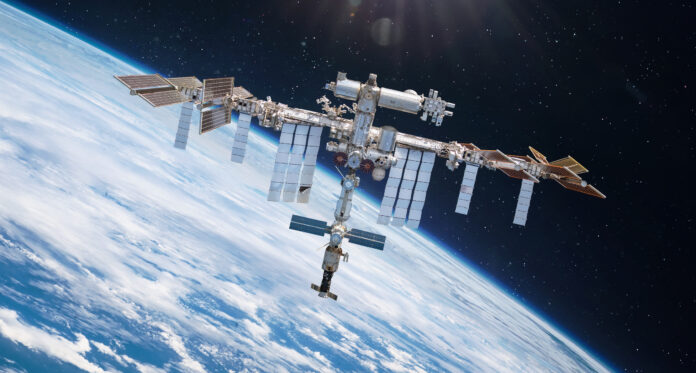
Just after 8:30 ET on Tuesday night a Commercial Resupply Services mission to the International Space Station (ISS) launched carrying 20 payloads of a diverse set of research projects to determine the benefits of working in microgravity. One of the projects, designed by Mayo Clinic and ClinImmune scientists in collaboration with space technology platform companies Sierra Space and BioServe Space Technologies, will conduct research on the ISS to determine if stem cell production in space can improve cancer treatments for patients on earth.
Hematopoietic stem cells (HSCs) have long been used to help patients who have received chemotherapy to regenerate the healthy cells that have also been destroyed via the treatment. This method of transplanting HSCs collected from a healthy donor’s bone marrow of blood into a matched recipient has been effective, but is not without risks.
“When patients receive bone marrow transplants or other stem cell therapies, the transplanted cells are from other individuals,” said BioServe’s Louis Stodieck, principal investigator for the project. “And when you take cells or tissues from one human and put it in another human, you may get an undesirable immune system response. This can take the form of transplant rejection or graft versus host disease in a patient who had a hematopoietic stem cell transplant.”
To reduce this risk of rejection, research has shown that HSCs obtained from donated umbilical cord blood, which are closer in nature to embryonic stem cells have shown significantly lower risk of complications after transplant. But using this type of therapy—one that it requires a large number of HSCs to be effective—is hampered by the challenge of producing enough stem cells. When these cells are grown on earth, HSCs will change into dedicated blood cells lines, which hampers treatment effects.
According to Tom Vice, CEO of Sierra Space, growing HSCs in microgravity could help clear this hurdle by providing an improved environment for cell expansion. Sierra Space is banking on the effectiveness of improving biomedical production in microgravity and envisions a modular low Earth orbit (LEO) platform to provide these enhanced materials.
“Approximately every nine minutes, a family loses a loved one to leukemia, lymphoma, or myeloma. If we can mass produce hematopoietic stem cells by using the unique microgravity environment of space, I think about the transformational impact we will have on patients and their families,” Vice said. “This experiment is a precursor to what Sierra Space one day envisages—orbiting microgravity factories that enable the next breakthroughs in human health care that will have a profound impact on the quality of life and longevity of millions of people here on Earth.”
For the current in-space experiment on ISS Sierra Space, Bioserve and collaborators have sent stem cell samples from multiple umbilical cord blood donors to determine the benefit of growing these cells in a microgravity environment. The stem cells will be frozen at different points during their growth and sent back to Earth for analysis.
The new research builds on prior work conducted by Mayo Clinic researcher Abba Zubair, MD, PhD, director of Transfusion Medicine and Stem Cell Therapy, on the benefits of growing HSCs in a microgravity environment.
“Stem cells do not grow well in standard two-dimensional cell cultures, as this environment significantly differs from the conditions in which cells grow within the body,” Zubair wrote in a piece published on the ISS National Laboratory website. “Microgravity conditions on the International Space Station (ISS) enable three-dimensional cell growth that more closely recapitulates cell growth in the human body. Thus, microgravity may provide an improved environment for stem cell growth and expansion.”
This earlier research demonstrated that HSCs grown in microgravity have a comparable growth rate compared with ground controls, but HSCs appear to survive better in microgravity. It also showed that HSCs expanded on the ISS are more immunosuppressive than ground controls and that HSCs can be expanded on the ISS without microbial contamination, and after two weeks, the HSCs showed no evidence of tumor formation.
“Therefore, through our ISS National Lab investigation, we were able to demonstrate that it is both feasible and potentially safe to grow HSCs in microgravity for possible future clinical applications,” Zubair concluded.













